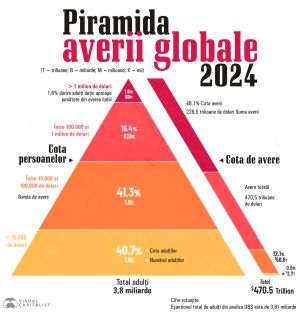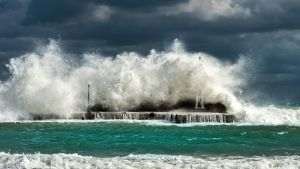The Romanian educational system has reasons to be proud, not only at the global level but, one could say, even at a space level. Successfully launched, ROM-3, the second Romanian satellite built by students, has reached orbit and is operational. The Romspace team that carried out the ROM-3 mission consists of students Filip Buşcu, David Ghiberdic, Alex Unteşu, Alesia Unteşu, and Alex Peticaru from the International Computer Science High School, with the extraordinary participation of Alex Luchianov, already a scholarship student at the Massachusetts Institute of Technology, USA. The Falcon 9 rocket took off from SpaceX's Vandenberg base after three successive flight delays. The capsule containing 35 satellites reached the deployment altitude of the payload in 9 minutes. Immediately, it began deploying the satellites in their orbits, in the order of size and importance, at well-defined time intervals and at specific points for each mission, according to a statement. ROM-3 waited its turn in the deployer for 72 hours, at temperatures ranging from plus 40 to minus 80 degrees Celsius. There was concern about the batteries' ability to withstand an extended time in case the deployer did not open on the first attempt. Unfortunately, the deployer did not open on the first try. Something went wrong with the Alba Orbital launcher mechanism, and ROM-3 remained stuck inside, along with the other 34 satellites, the source mentioned. According to the statement, from that moment on, the ground team constantly calculated the battery potential, which faced the cosmic cold beyond the design limit. The longer the stay in the launcher without the possibility of charging the battery through solar panels, the more the satellite risked becoming space debris. Emotions turned into tenths and then thousandths of volts, diminishing the chances of success. Filip, David, the three Alex's, and Alesia, however, placed their hopes in oversizing the battery and the precision of the calculations. Alba Orbital made a second attempt to open the launcher and succeeded. ROM-3 was launched into orbit and is currently operational. It has already transmitted the identification data package. After a few days, which it will use to regenerate its energy using solar power, the satellite will begin transmitting according to the mission. Currently, ROM-3 is moving at a speed of 27,500 km per hour, at an altitude of 540 km, orbiting the planet once every hour and a half. It crosses Romania's territory twice a day. The data transmitted by it on the frequency 436.235 MHz will be received by the global network of radio amateurs and processed by the Romspace team. ROM-3 (nicknamed Space Starling) has missions to observe the Earth, measure its own parameters, measure the Earth's magnetism, and measure the level of cosmic radiation hitting the atmosphere. "ROM-3 has successfully faced the cosmic cold, overcome the difficult moment in the launcher, and now we have a second satellite in orbit, larger and more efficient than the first. We actually have a micro-laboratory where we test the technologies of our future space missions," said Filip Buşcu, the head of the Romspace team from the International Computer Science High School in Bucharest.
ROM-3, the second Romanian satellite built by students, has reached orbit
O.D.
English Section / 11 decembrie 2023


























































